In urban households across the globe, the humble balcony is being transformed into an unlikely site of ecological innovation. Among the most promising developments is the rise of small-scale "insect factories" utilizing black soldier fly larvae (BSFL) to process kitchen waste. These unassuming creatures are proving to be remarkably efficient at converting organic matter into valuable byproducts while dramatically reducing household waste volumes.
The black soldier fly (Hermetia illucens) has emerged as nature's premier decomposer for good reason. Unlike conventional composting methods that can take weeks or months, BSFL can process food scraps at astonishing speeds. A well-maintained colony can consume twice its body weight in organic matter daily, breaking down everything from vegetable peels to meat scraps that would otherwise languish in landfills. This rapid breakdown not only prevents methane emissions but creates two useful products: protein-rich larvae and nutrient-dense frass.
Urban practitioners have developed numerous techniques to optimize these balcony-based bioreactors. Proper moisture management stands as perhaps the most critical factor - the substrate should maintain the consistency of a wrung-out sponge. Many successful operators employ layered feeding systems, adding fresh waste beneath surface layers to encourage downward migration while preventing fruit fly infestations. Temperature control also plays a vital role, with ideal activity occurring between 25-30°C, achievable through strategic placement and simple insulation during cooler months.
The separation and harvesting process reveals the true elegance of this system. As larvae reach maturity, their natural photophobia drives them to self-harvest by climbing out of the substrate. Clever designers have capitalized on this behavior by incorporating ramps that direct the migrating larvae into collection containers. This automated harvesting mechanism exemplifies how understanding insect behavior can create low-maintenance, high-efficiency systems perfect for time-constrained urban dwellers.
Beyond waste reduction, these balcony operations yield valuable products. The harvested larvae serve as exceptional feed for backyard chickens, aquarium fish, or even as a protein supplement for pet food. The remaining frass - the insect-processed organic matter - makes an outstanding organic fertilizer, rich in nitrogen, phosphorus, and beneficial microbes. Some urban farmers report that crops fertilized with BSFL frass show increased disease resistance and growth rates compared to those treated with conventional compost.
Scaling considerations for balcony systems require thoughtful planning. While a single 5-gallon bucket can process a couple's daily food waste, larger households or those wanting to generate surplus larvae for animal feed often implement multi-bin rotational systems. These allow continuous processing by maintaining colonies at different life stages. The most sophisticated setups incorporate passive aeration, leachate collection, and climate moderation through strategic shading or thermal mass.
Regulatory landscapes are gradually adapting to accommodate this emerging practice. Progressive municipalities are beginning to recognize BSFL systems as approved organic waste processing methods, sometimes offering subsidies for startup costs. However, practitioners should remain aware of local regulations regarding insect cultivation, particularly in multi-unit dwellings where neighbor concerns about pests (however unfounded) might require diplomatic communication about the actual hygienic nature of properly maintained systems.
The environmental calculus of balcony BSFL operations reveals multiple benefits. By diverting food waste from landfills, each kilogram processed prevents approximately 2kg of CO2 equivalent emissions. When considering the avoided production of conventional animal feed and synthetic fertilizers that the system's outputs replace, the carbon savings compound further. For the ecologically conscious urbanite, these insect systems offer one of the highest-impact sustainability interventions possible within limited space constraints.
Educational outreach has proven vital for mainstream adoption. Successful practitioners often share that demonstrating the process to skeptical neighbors converts concerns into enthusiasm. The non-pest nature of black soldier flies (adults don't eat and lack functioning mouthparts) coupled with their ability to outcompete houseflies makes them surprisingly welcome allies in urban environments. Community workshops and school programs are increasingly incorporating BSFL systems as living demonstrations of circular economy principles.
Looking forward, the integration of simple monitoring technologies promises to make balcony insect farming more accessible. Basic sensors tracking temperature, moisture, and weight reduction can help optimize conditions while providing satisfying data on waste diversion achievements. Some innovators are experimenting with vertical stacking systems and aesthetic designs that blend seamlessly with urban architecture, overcoming the "ick factor" that sometimes hinders adoption.
The rise of balcony-scale insect farming represents more than just a novel waste solution - it embodies a shift in how cities conceptualize resource flows. These miniature bioreactors demonstrate that even the most compact urban spaces can participate meaningfully in ecological cycles. As the practice spreads from pioneering individuals to broader communities, it carries the potential to transform urban food systems one balcony at a time, proving that sometimes the smallest creatures can drive the biggest changes.
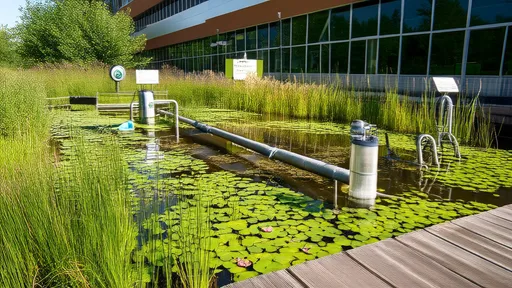
By /Aug 7, 2025

By /Aug 7, 2025
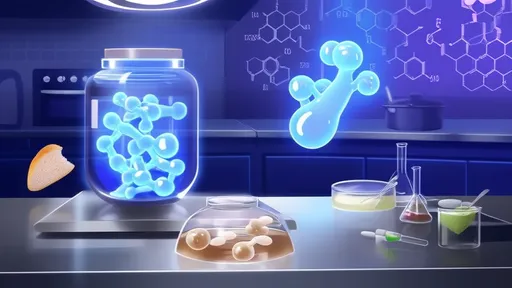
By /Aug 7, 2025
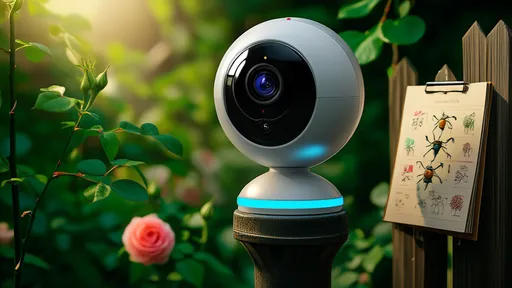
By /Aug 7, 2025
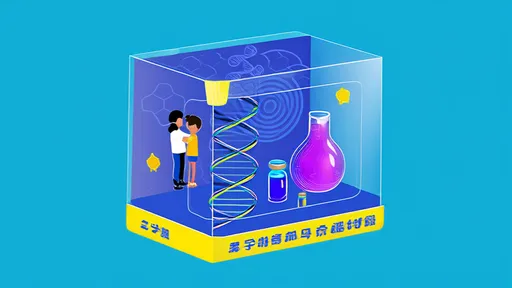
By /Aug 7, 2025
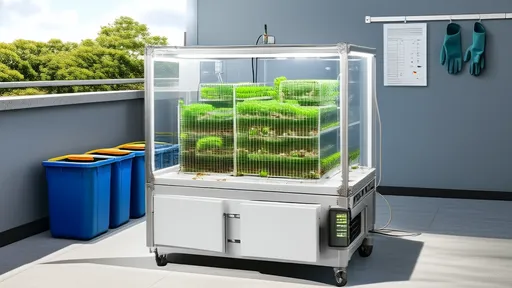
By /Aug 7, 2025

By /Aug 7, 2025
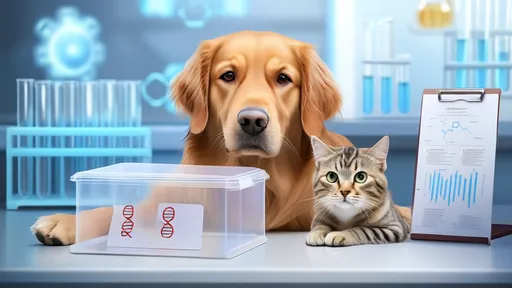
By /Aug 7, 2025
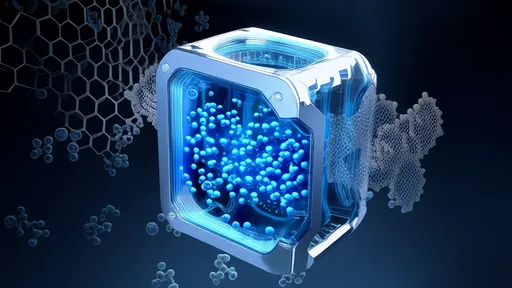
By /Aug 7, 2025

By /Aug 7, 2025
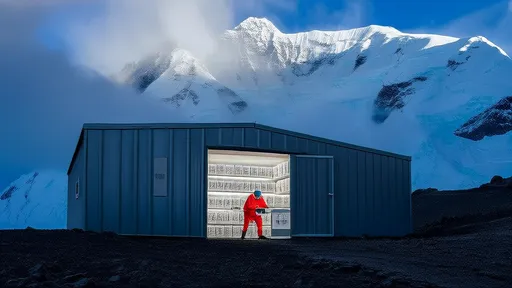
By /Aug 7, 2025

By /Aug 7, 2025
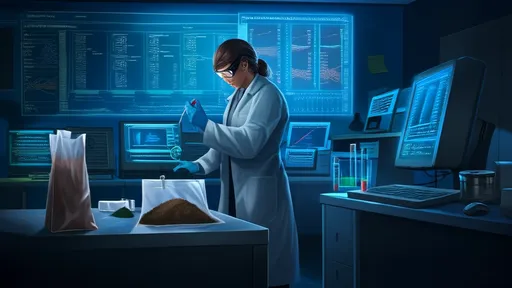
By /Aug 7, 2025
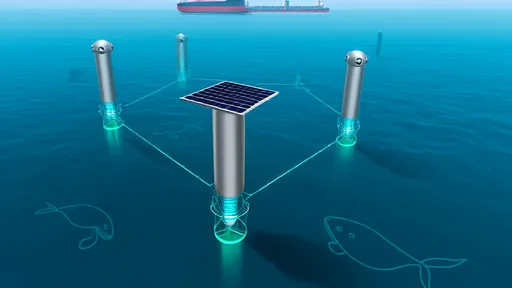
By /Aug 7, 2025
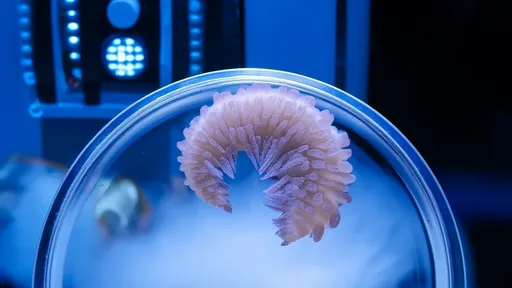
By /Aug 7, 2025
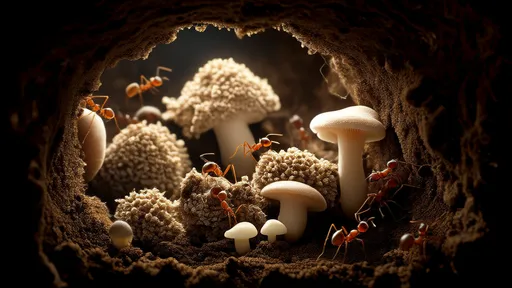
By /Aug 7, 2025
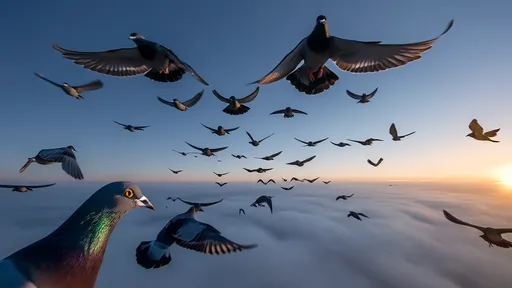
By /Aug 7, 2025
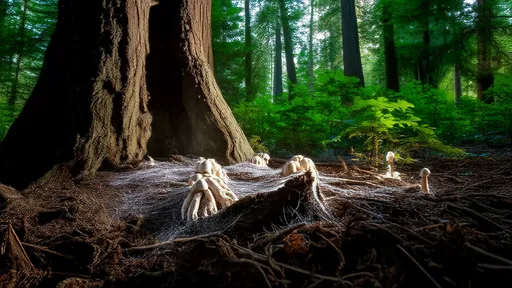
By /Aug 7, 2025
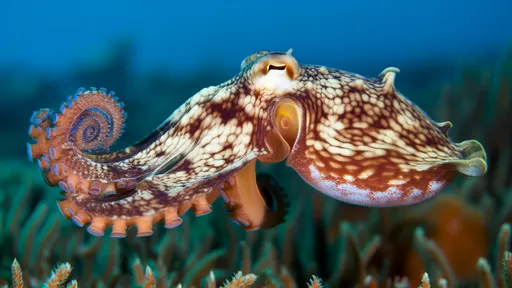
By /Aug 7, 2025
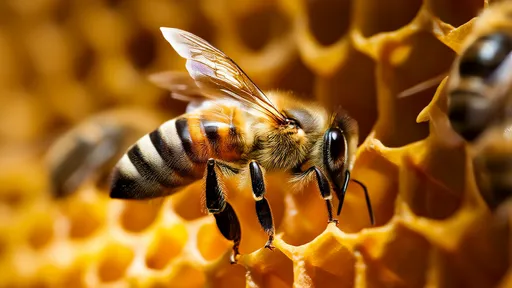
By /Aug 7, 2025